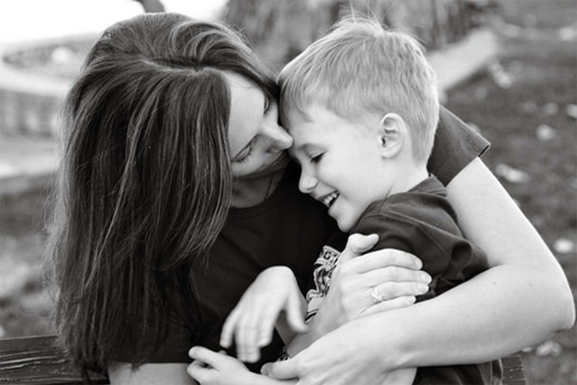Interrupted Movement

Belonging to the family for a child – it’s a matter of survival. An adult can take care of himself/herself, a child – no. The smaller the child, the greater the need to belong to the family.
There is such a thing as “interrupted movement.” The situation of interrupted movement occurs when the mother, for whatever reason, can not be with her child, and the child is waiting for her, he/she needs the mother. The child gets scared, angry, and then he/she stops in the final decision not to love anybody, because the pain is too strong. The younger the child, the deeper the trauma.
There are many examples to it. Mom could be away for a few days. A small child, even alongside his/her father, might fall into deep despair. The mother is back, but the child does not come to her. Mom wants to hold the child, but this does not work. The child stays with the mother for a short time and begins to struggle. He/she cannot relax, is restless. The other most common example is when the child immediately after birth is taken to the incubator, as it was before (and perhaps now) in different countries. Or sending a child in kindergarten. Or cesarean section. Children born by cesarean section are a separate topic.
It is easy to recognize the child, for whom this situation was a deep trauma. It is also easy to understand by looking at the adult that he/she, as a child, suffered an interrupted movement traumatic situation. Such people often do not have friends, they are lonely. They are unable to achieve their goals. They often start relationships, projects, and then they just stop. They begin any project like happy children going towards their mother, but then they stop in trauma, as their expectations are not met (the surrounding people can not replace the mother). “Interrupted movement” people just look like adults, but in fact, they stopped their growth at the age when the movement was interrupted.
A collective symptom of interrupted movement is like this: a person starts to move in the desired direction, but at some point he/she stops because of that decision “never again”. Most often it is interrupted movement towards the mother. But it can also be interrupted movement towards the father, for example, if the parents are divorced. And in this case a woman has a lot of opportunities to help her child.
This is possible to work on an interrupted movement trauma. And the younger the child, the easier. Adults can make their own decision on this. Method by Bert Hellinger is a way of working on the interrupted movement.
Elena Nesterenko, Family & Systemic Constellations Workshops
www.constellations.work/workshops | (647)367-6073

